Personal Tech for Women: 5 Things You Need to Know About Female Leads in Video Gaming
Monday, June 29, 2015

1. Still low numbers on exclusive female leads
Only 7 games at E3 had exclusively playable female protagonists, whereas gamers could choose between 24 games with exclusively playable male protagonists. That means out of 76 titles, 32 percent had male leads and only 9 percent had female. It seems the majority of writers and bloggers on the topic are saying women representation was greater this year than 2014’s dominating white male heroes (like every year), but the numbers are still quite low. According to 2014 statistics from the Entertainment Software Association (ESA), 59 percent of Americans play video games – and women make up 48 percent of them. Hence, game designers should create more female leads because – not only is it fair – but it’s simply wise from a marketing standpoint when almost half of all players are women. Yet the fact that only 22 percent of game designers are women might have something to do with low numbers of female leads.
2. A glimpse at the female leads of upcoming games
Apart from being the love interest, the damsel in distress, the sidekick or the cute elf, female characters are leading the pack and kicking ass in the following games sited by the blog Feminist Frequency: ReCore features desert nomad Joule, accompanied by her robo-pup, as the world’s last human survivor; Horizon: Zero Dawn gives us hunter and archer Aloy who fights her way through a post-apocalyptic world of mechanized creatures; in Mirror’s Edge: Catalyst, Faith fights for freedom within the City of Glass; and the widely popular Lara Croft leads the upcoming Rise of the Tomb Raider. E3 also featured the mobile game Lara Croft Go, and two indie games, Tacoma and Beyond Eyes.
3. More games let players choose a female lead
Out of the 76 titles, however, 35 games let players choose between a male or female lead. That’s 46 percent of the games. But while it’s true that many men might prefer to be a woman in a video game, the reasons could be more superficial – they get to look at their character’s sculpted body, symmetrical face, pouting lips and flawless hair. Not true for all men of course, but it is something to consider. Interesting to note is a comment from Professor Jeffrey E Brand of Bond University, who told CNET, “A few researchers studying how gamers take on avatars and characters noted that female gamers are more comfortable taking on male avatars than male gamers are taking on females.” Conditioning seeps into video games too. Bond also points out how developers could be reluctant to introduce more female-led games simply because they might prove to be commercially limiting, if both men and women are already comfortable playing as male characters.
4. Female leads help men identify with women… maybe
Feminist Frequency stresses the importance of introducing games fronted exclusively by female characters because, “it works to counter the long-established, long-reinforced cultural notion that heroes are male by default. By and large girls and women are expected to project themselves onto male characters, but boys and men are not encouraged to project themselves onto or identify with female characters.” Running with this logic, if male players see the game world through the gaze of a female protagonist, “it helps challenge the idea that men can’t or shouldn’t identify with women, their lives, and their struggles,” writes Feminist Frequency. True … kind of… which brings us to Number 5.
5. Female leads don’t necessarily reflect real women
It’s a game, not real life. And the struggles of a female lead in a video game are closer to acquiring rare weapons and abilities than balancing one’s self esteem or fighting for equality in the workplace. For this reason, men won’t necessarily better understand “things” from a women’s perspective just because he plays as a women. This is entertainment and fantasy, remember. He should try playing as a woman because her story is just as engaging as a male’s, and is not secondary to his. Feminist Frequency also points out that indie games like Tacoma, Firewatch and Beyond Eyes are embarking on a more “human experience through a lens of empathy rather than one of violence.” At this month’s E3, 76 percent of games revolved around combat and violence. But that’s no surprise, since the “fight” or “combat” in games are almost synonymous with the genre. So whether or not more games in the future are less violent isn’t a matter of gender, but rather of story innovation.

Related Slideshow: The Best Virtual Reality Gadgets and Games
Big names are now making VR a viable and desirable “new” technology. Google, Facebook, HTC, and Samsung are all in the game and the results make the 75-year-old View Master look like a child’s…well you get the idea.
Related Articles
- Personal Tech For Women: 5 Things You Need To Know About The Smart Garden
- Personal Tech for Women: 5 Things You Need To Know About Siren, a New Dating App for Women
- Personal Tech for Women: 5 Things You Need To Know About the “Smart Kitchen”
- Personal Tech for Women: 5 Things You Need To Know About Wearables
- Personal Tech For Women: 5 Things You Need to Know About “The Internet of Things”
- Personal Tech for Women: 5 Things You Need to Know About What Women Want in a Gadget
- Personal Tech for Women: 5 Things You Need to Know About Purging Your Closet
- Personal Tech For Women: 5 Things You Need To Know About Photo Editing With PDX App


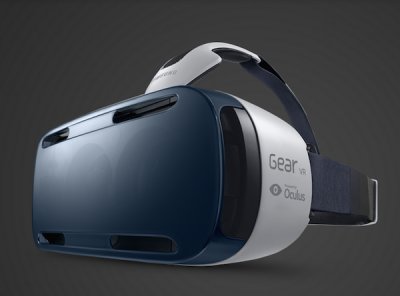
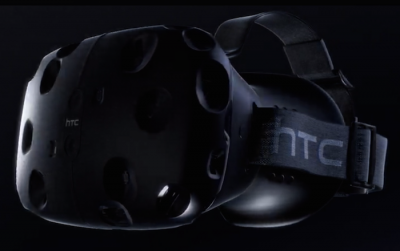
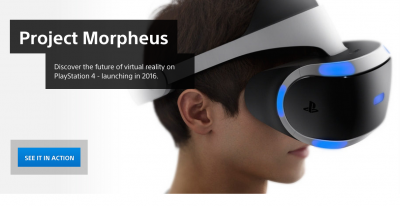
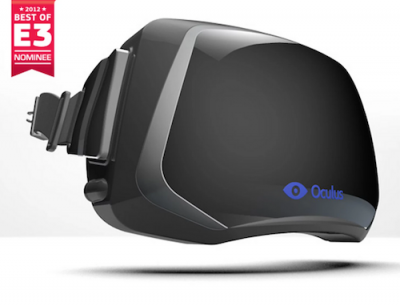
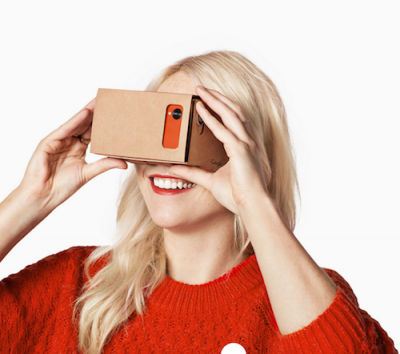









 Delivered Free Every
Delivered Free Every
Follow us on Pinterest Google + Facebook Twitter See It Read It